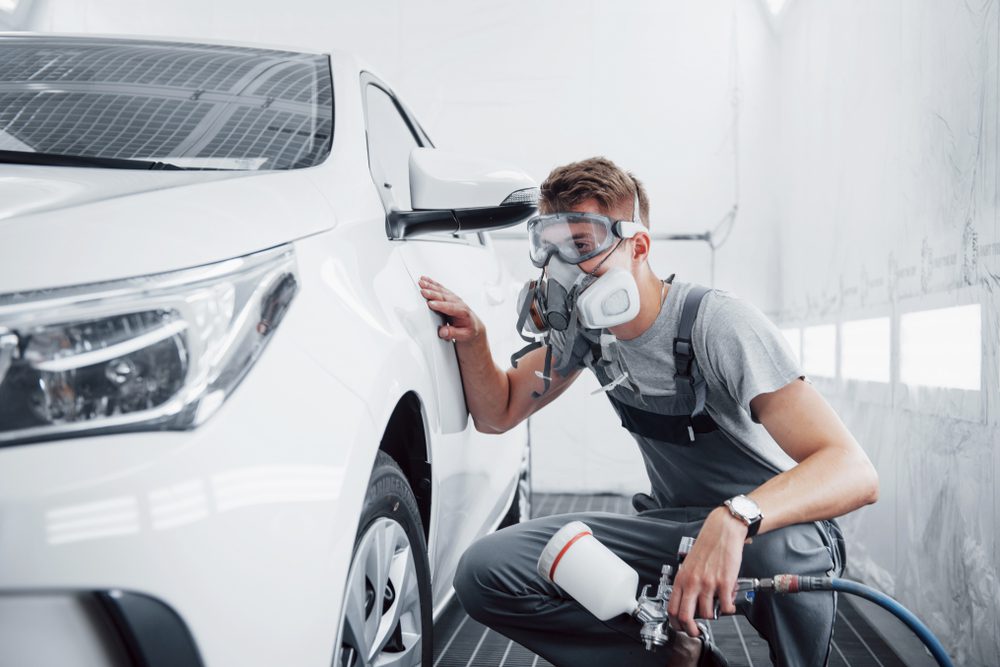Most dealerships operate many of the same departments: new cars, pre-owned vehicles, service departments, and parts and accessories centers. Fewer than 40% of franchised dealerships operate a body shop or collision center though. A collision center can easily be seen as an area that’s messy, cluttered, and not the best use of space for the profit it generates.
In the department, staff can often feel undervalued compared to the more visible sales and service personnel. Morale tends to be lower with production suffering from high turnover rates. While there are several factors, the culture is to keep the body shop and its staff tucked away and out of sight, but it’s there if you need them.
Not only are body shops a valuable resource for creating loyal repeat customers, but they can be an area that adds value to the customer and revenue for the dealership. Simultaneously, it can boost employee morale.
Install accessories in the collision center
Crashed cars are almost exclusively the medium that collision center employees deal with on a daily basis, hence the name. However, their skills and training make them capable of more than smoothing wrinkles and replacing body panels and glass. It benefits a dealer to use those skills for accessory installations as well.
It performs two immediately visible functions: high-quality installation for your accessories as well as freeing up your service technicians to perform work at a higher labor rate. Body repairs have notoriously low hourly rates, and this division of labor can help increase capacity for high-rate work in service departments as well as boosting body shops.
Clearly, logistics need to be ironed out. Capacity needs to be available at the collision center and it can’t disrupt a customer’s timeline for a visit if there are other service components to address. But for new car departments outfitting models with an accessory package, try the collision center for installations.
Integrate other profit-generating products
Collision centers were able to catch up with lower accident rates during COVID’s initial stages. That’s left an opening to use floor space for other profit-generating services and products that can keep production as close to 100% as possible. Some dealership collision centers have started performing popular vehicle upgrades like spray-in box liners that have excellent margins. Other options could be vehicle wraps, catering to business clients, and keeping a product typically outsourced as an in-house application.
Bring the collision center to the forefront
To add value to the customer journey, address morale, and integrate the collision center more fully into everyday business at the dealership, a few simple enhancements can be made. First, use the collision center as a stop, on new and used vehicle deliveries. Introduce them to the service advisor at the desk so they know where they can go for collision repairs, door dings, PDR, and accessories as well.
Next, advertise the availability of collision repairs at the dealership. Do your customers know that you’re one of the 40% that has an on-site body shop? If they don’t, their insurance claims could be walking out the door along with their loyalty to your dealership.
And finally, show your collision repair team off. Make sure to show these skilled tradespeople and customer service experts, that they’re appreciated by featuring them as your ‘staff of the month’ on your digital readerboard. It’s a practice you should do on social media as well along with other departments.
Did you enjoy this article from Jason Unrau? Please share your thoughts, comments, or questions regarding this topic by submitting a letter to the editor here, or connect with us at newsroom@cbtnews.com.
Be sure to follow us on Facebook and Twitter to stay up to date or catch-up on all of our podcasts on demand.
While you’re here, don’t forget to subscribe to our email newsletter for all the latest auto industry news from CBT News.









